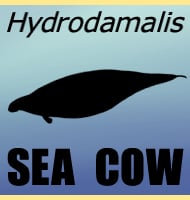Parahippus
In Depth The Oligocene and Miocene periods were times of change for the world’s ecosystems, particularly those of the northern hemisphere. Long covered by temperate and in places tropical forests, these were now steadily being replaced by grassy plains. Parahippus is a horse that shows a shift towards coping with these changing environments. Primitive horse … Read more

